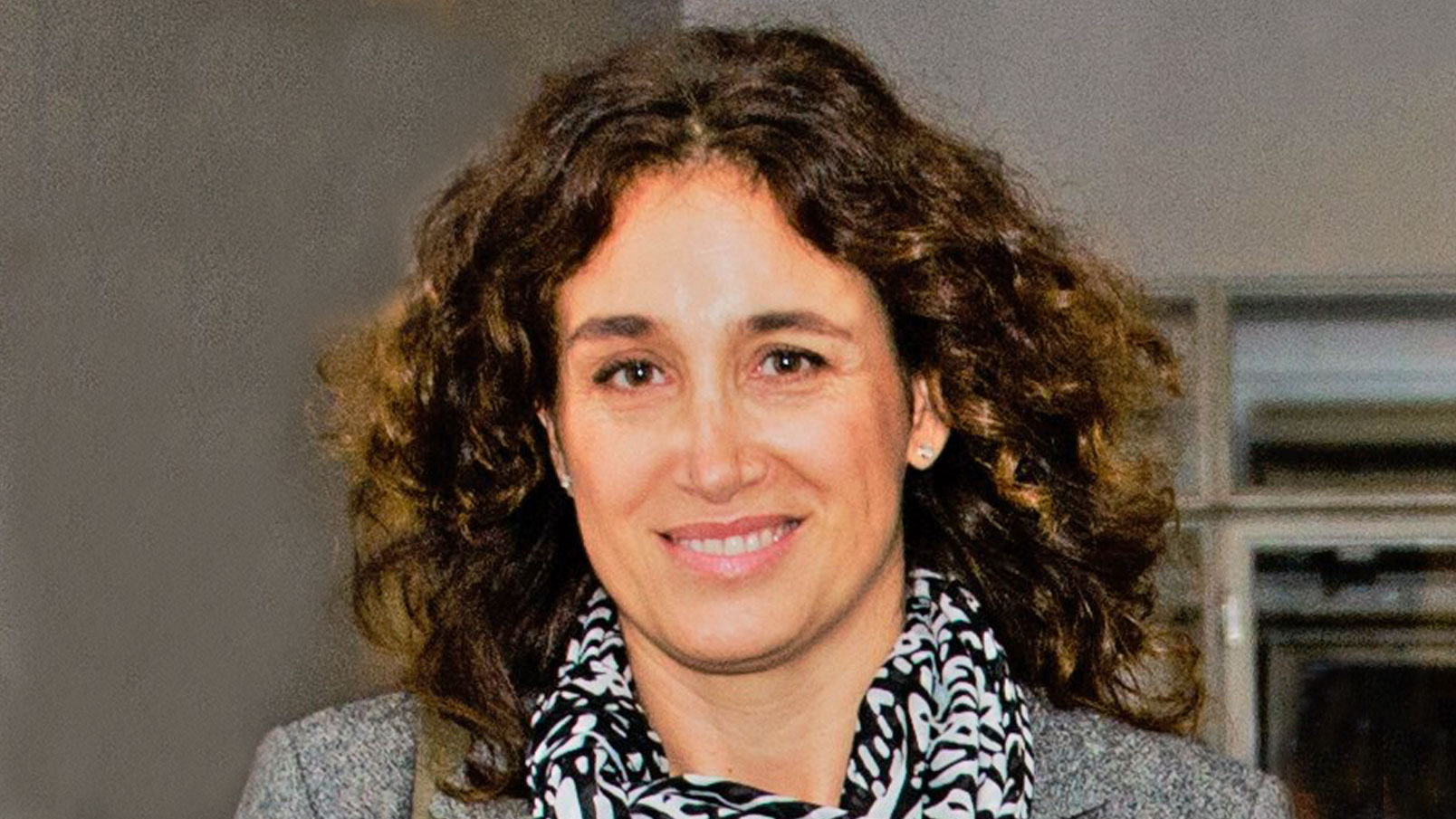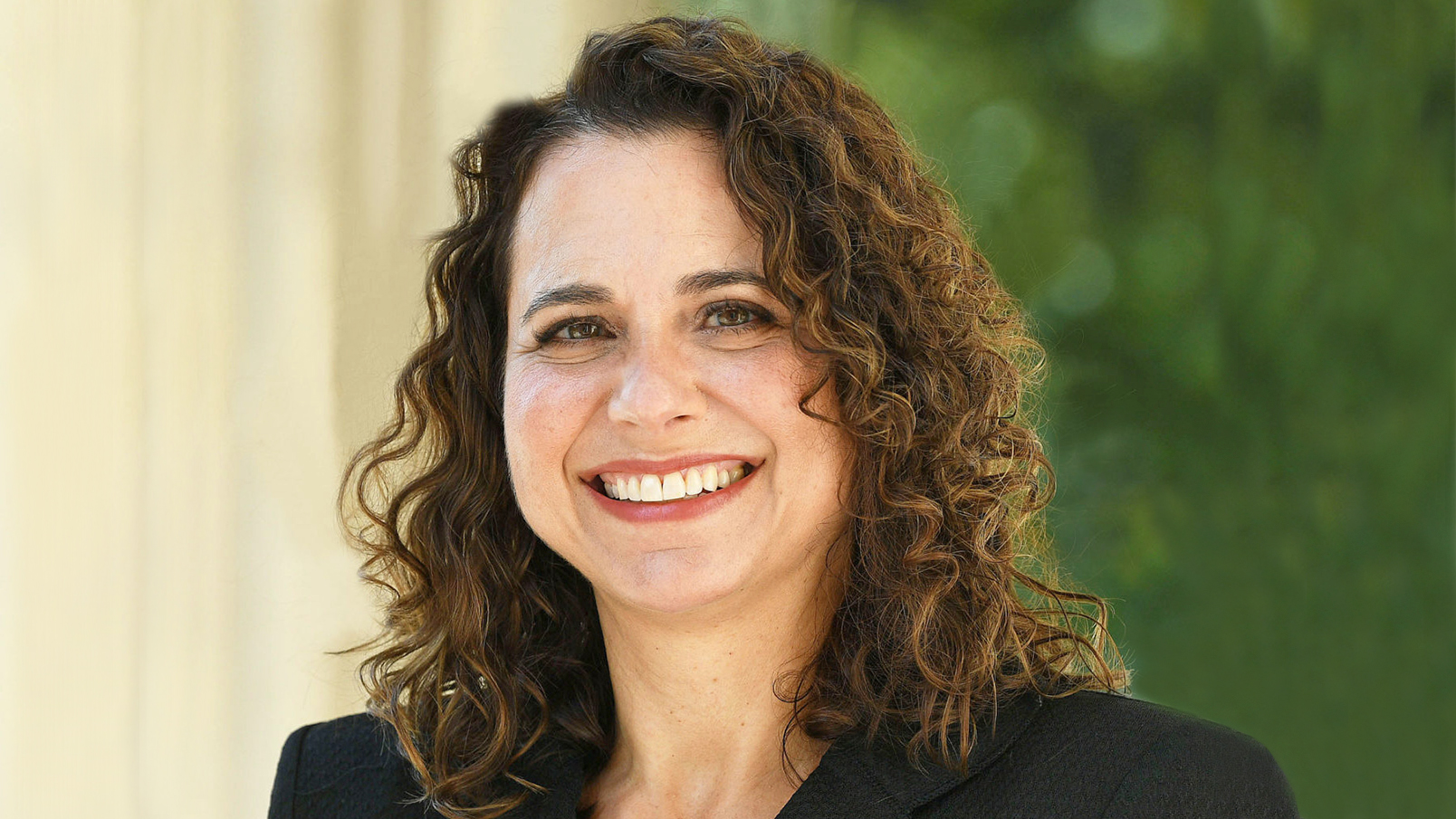6th CESifo Monthly Webinar on Labor Economics
Online

Scientific organizer: Professor Gordon B. Dahl
The CESifo Webinars on Labor Economics were launched after the very first Area Conference of the Labor Economics Area of the CESifo Research Network was canceled due to COVID-19. In order to build and connect a network of researchers in labor economics on both sides of the Atlantic, the webinars will run on a monthly basis with different speakers for each event.
Lectures by Barbara Petrongolo (University of Oxford) and Sandra E. Black (Columbia University)

Barbara Petrongolo will talk on Men are from Mars and Women Too: Gender Similarities in Self-Confidence (co-authors Oriana Bandiera, Nidhi Parekh and Michelle Rao).
Gender differences in self-confidence are sometimes blamed for women’s under-representation in high-income occupations and glass-ceiling effects. Indeed, 87% of surveyed economists from CEPR believe that the literature has found that men tend to be over-confident and women tend to be under-confident. However, only 19% of existing experiments on gender differences in self-confidence find that men are over-confident and women are under-confident, while the majority of experiments (69%) find that both men and women are over-confident.
We aggregate evidence from existing experiments using a Bayesian hierarchical model that – by estimating both average gender gaps as well as heterogeneity across studies – reveals to which extent each study is informative about a common phenomenon, versus its own context-specific effects. Based on the estimated posterior distribution of study-specific parameters, we cannot reject the hypothesis that gender differences in self-confidence are different from zero. The observed profession beliefs about gender differences can be rationalized with the existing evidence under two scenarios: (i) full (naïve) pooling of estimates (which is not supported by the Bayesian hierarchical model); (ii) biased and very precise priors.

Sandra E. Black will talk on Where Does Wealth Come From? (co-authors Paul J. Devereux, Fanny Landaud, and Kjell G. Salvanes).
Much attention has been given to rising wealth inequality in recent decades. However, understanding inequality requires an understanding of how wealth relates to the potential wealth an individual could accumulate and where this wealth comes from. Using administrative data from Norway, we create measures of potential wealth that abstract from differential consumption and spending behavior. We then examine how these measures relate to observed net wealth of individuals at a point in time and the role played by different sources of wealth in the distribution of potential wealth. We find that net wealth is a reasonable proxy for potential wealth, particularly in the tails of the distribution. Importantly, people in different parts of the potential wealth (or actual net wealth) distribution get their wealth from very different sources. Labor income is the most important determinant of wealth, except among the top 1%, where capital income and capital gains on financial assets become important. Inheritances and gifts are not an important determinant of wealth, even at the top of the wealth distribution. Finally, although inheritances are not important, parental wealth does influence child’s wealth; children of wealthy parents accumulate wealth from very different sources than children of less wealthy parents.
General Information on the Webinar
The webinar will begin at 6pm (CEST) on Thursday, 20 May 2021. Each speaker will give a 35 minute presentation and participants will then have the opportunity to pose questions. Questions will also be encouraged during the lectures.